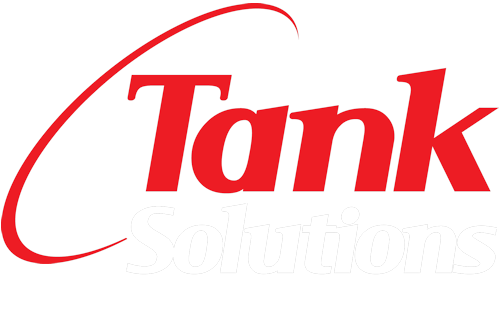Removing an oil tank is more than just an excavation process—it’s an opportunity to address potential contamination and protect your property. With the help of professional oil tank removal and soil remediation services, you can ensure the job is done responsibly and effectively.
Understanding the Risks: Why Soil Remediation Matters
Aging oil tanks pose significant environmental risks, including soil and groundwater contamination. Leaks from corroded tanks can release harmful substances into the ground, leading to long-term ecological and property damage. These risks highlight the need for not only safe removal but also thorough soil remediation to restore and protect your property.
Site Assessment: Detecting Contamination Early
A detailed site assessment is the cornerstone of effective oil tank removal and remediation. Professional teams test the soil and groundwater around the tank for signs of contamination. This step ensures any affected areas are identified before removal begins, setting the stage for targeted remediation if necessary.
Regulatory Compliance: Meeting Environmental Standards
Oil tank removal and soil remediation are governed by strict local and federal regulations. Professional companies navigate the permitting process, ensuring that every step—from tank removal to waste disposal and site restoration—is compliant. Adhering to these regulations not only safeguards the environment but also shields property owners from potential legal repercussions.
Tailored Removal and Remediation Methods
No two properties are alike, and the approach to oil tank removal must consider factors like the tank’s condition, location, and potential contamination. Professionals assess these elements to design a customized removal plan that minimizes property disruption while prioritizing remediation needs.
Precision Excavation: Mitigating Soil Impact
Careful excavation is key to preventing further soil disruption during oil tank removal. Skilled operators use specialized equipment to minimize disturbances to surrounding areas. If contaminated soil is detected, remediation specialists remove the affected material and replace it with clean fill, ensuring your property is restored to safe conditions.
Tank Cleaning and Proper Disposal
Before removal, residual oil is pumped out, and the tank is cleaned to prevent spills during transport. Proper cleaning and disposal of the tank are essential steps in the remediation process, reducing environmental hazards and ensuring compliance with waste management regulations.
Effective Soil Remediation Techniques
If contamination is detected, remediation professionals implement strategies to treat or remove impacted soil. Techniques may include:
Excavation and Removal: Contaminated soil is excavated and safely transported to a certified disposal facility.
Bioremediation: Introducing microorganisms to break down pollutants in the soil naturally.
Soil Testing and Monitoring: Follow-up testing ensures remediation efforts are successful and the area is safe.
Trust Tank Solutions for Comprehensive Oil Tank Removal and Soil Remediation
At Tank Solutions, we specialize in oil tank removal with an emphasis on effective soil remediation. Our experienced team ensures compliance with environmental regulations and takes every measure to restore your property safely and efficiently.
Contact us today for a free quote and take the first step toward protecting your property and the environment.

